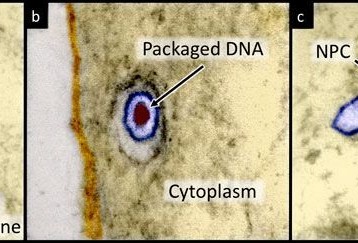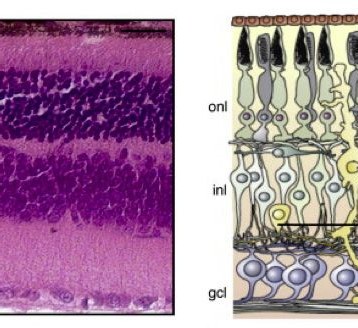|
Micro RNAs (miRNA’s) are a type of small gene that were first discovered in 1993 and were considered unimportant for a long time. Now it is understood that they play an important role in the regulation of gene expression. They are RNA sequences transcribed from DNA but not translated into protein and are first created as a long strand and then diced in the cell nucleus by special enzymes into tiny strands. Each miRNA then regulates the expression of specific genes depending on their sequence.
Elefant has developed a computer algorithm capable of predicting the specific miRNA targets. This algorithm, named RepTar runs a search on the known genes in the human genome and detects matches to the various miRNAs by taking into account sequence, structural, and physical considerations. Her technique allowed research to be conducted on a group of miRNAs originating in viruses. The presence of miRNAs in viruses brings forth the idea that when a viral infection penetrates a host cell the virus uses miRNAs to suppress the cells’ defense systems by inhibiting the production of important proteins in the host.
|
The algorithm predicted that an immune system protein would be inhibited by the viral miRNA. This protein is known to be essential for the immune response against viruses. To confirm this prediction, the laboratory of Professor Ofer Mandelboim of the Hebrew University Faculty of Medicine has tested it experimentally. His study showed that a viral miRNA inhibits the activity of the abovementioned gene in human immune system cells.
miRNAs are a promising field of research as there is still much to be learned. The recent discovery makes accessible several therapeutic implications. It may open a new direction for anti-viral therapy aiming to inhibit viral miRNA and thus stopping a virus from reproducing. It would also enable scientists to create synthetic miRNAs that would mimic the action of the natural ones suppressing the immune system in autoimmune diseases and transplantations. Another possible direction of research is suppressing specific genes involved in tumor development by using synthetic or viral miRNA.
TFOT has previously covered a discovery made at UCSD, California, of a DNA sequence that turns on and off gene expression in a cell. We have also covered a related story on “nanoworms” that can be navigated through blood vessels and used as a means for non-invasive cancer treatment, developed by the University of California, San Diego, the University of California, Santa Barbara, and the Massachusetts Institute of Technology.
The press release from the Hebrew University can be found here.











